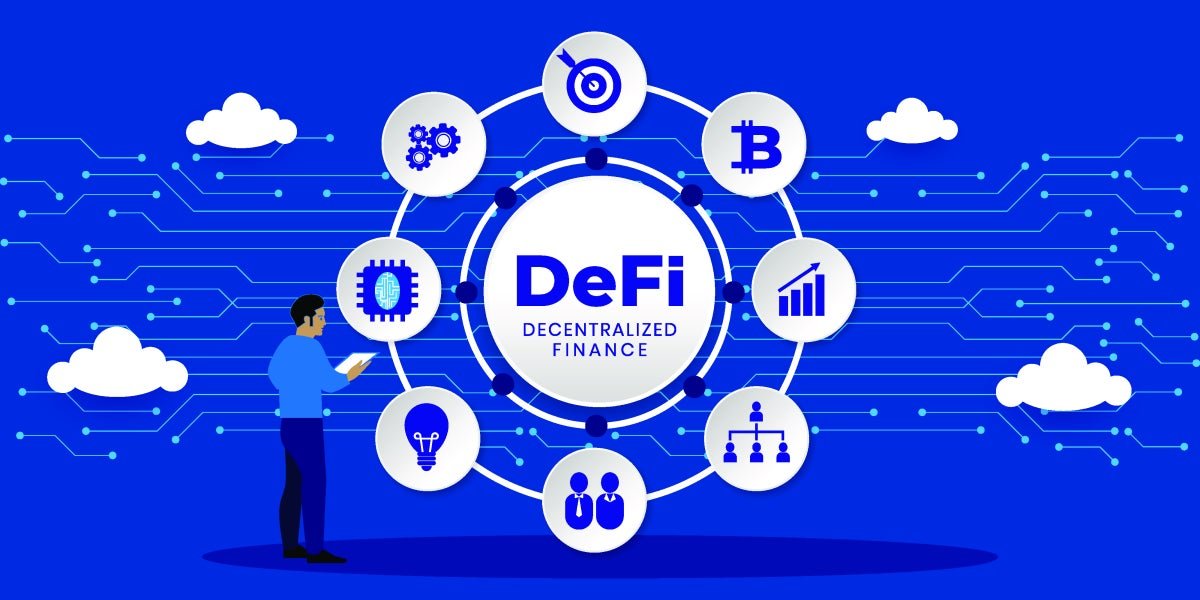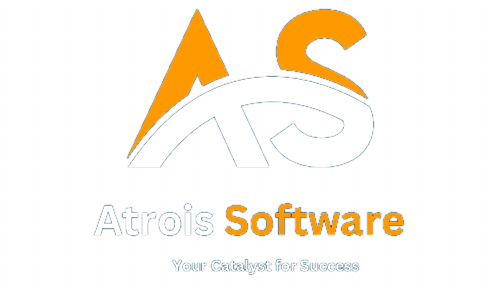Forget Wall Street. Forget the banks with their marble columns and old money arrogance. There’s a digital rebellion happening right now — a quiet storm called Decentralized Finance, or DeFi. And it’s not just changing the game — it’s flipping the entire board.
The Blockchain Revolution
At the heart of DeFi is blockchain — a technology as revolutionary as the internet itself. But while the web gave us information, blockchain gives us power: the power to own, the power to control, and the power to break free from middlemen. DeFi takes that power and applies it to finance, creating systems that are open, permission -less, and unstoppable.
No Banks, No Gatekeepers
Imagine borrowing money without begging a bank. Imagine earning interest without a middleman skimming off the top. DeFi platforms like Aave and Compound let you do just that — offering lending, borrowing, and trading without ever stepping foot in a financial institution. It’s finance for the people, by the people.
The Wild Side of Innovation
But DeFi isn’t just about cutting out banks — it’s about creating entirely new financial instruments. Automated market makers (AMMs), yield farming, liquidity pools — this is the language of digital pioneers. It’s risky, sure. But with risk comes reward, and DeFi’s potential upside is as vast as the internet’s in the ’90s.
The Dark Side of Freedom
Of course, revolution has its chaos. With no centralized oversight, DeFi is a playground for hackers and fraudsters. Smart contracts — the backbone of DeFi — are only as good as the code they’re written in, and one vulnerability can cost millions. It’s a digital Wild West, and not everyone walks away with their gold.
Conclusion: The Future of Finance Is Unwritten
DeFi is more than a trend — it’s a movement. A push for transparency, autonomy, and global financial inclusion. Whether it becomes the backbone of a new economy or collapses under its own ambition remains to be seen. But one thing’s certain: the revolution has begun, and there’s no turning back.

